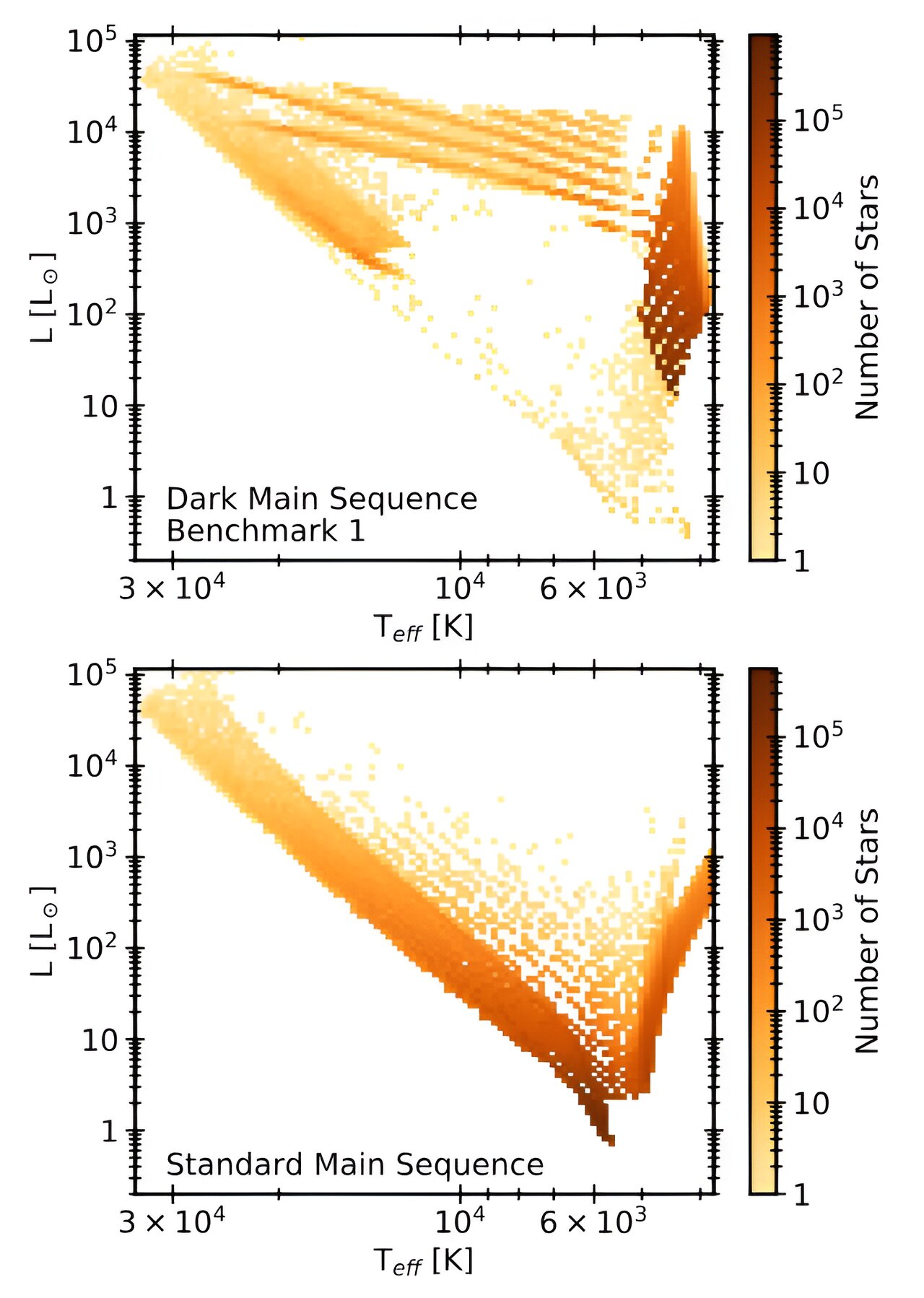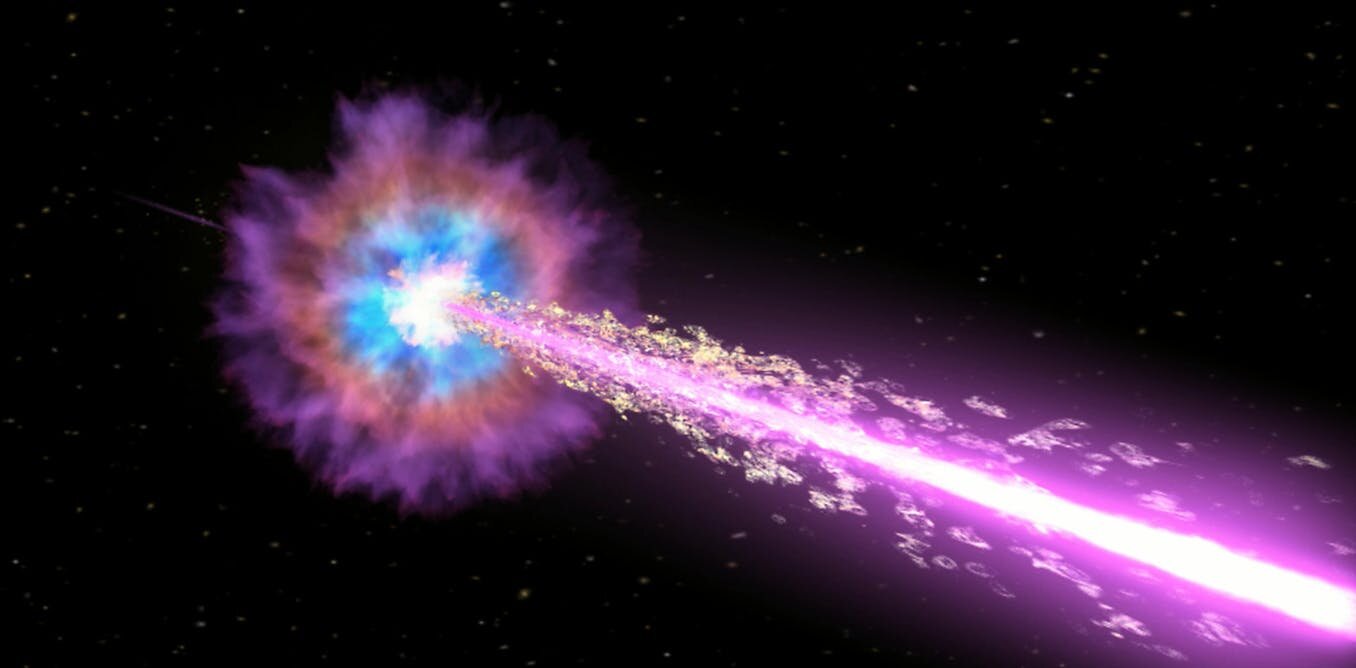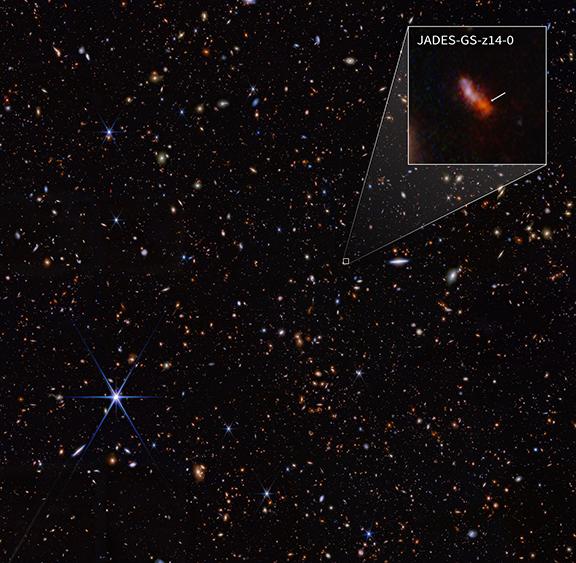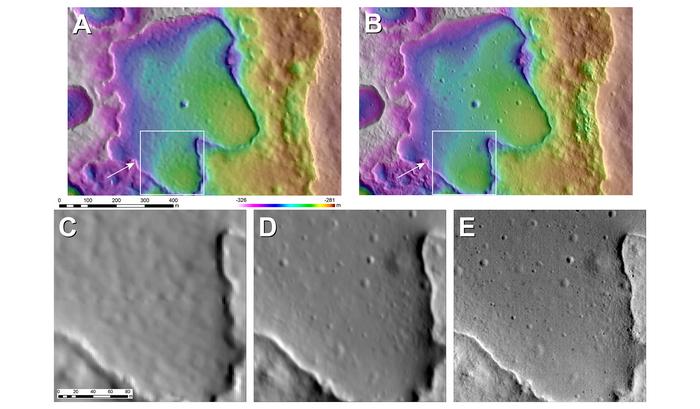
Stars near the center of our galaxy are acting kind of weird. Dark matter may be the explanation. A team of scientific detectives (so to speak) have discovered a potential new class of stars that could exist within a light-year of the Milky Way’s center that could be operating according to an unusual mechanism: dark matter annihilation. This process would produce an outward pressure on the stars other than hydrogen fusion, keeping them from gravitationally collapsing—and making them essentially immortal, their youth being refreshed constantly...
Read More








Recent Comments